Potrebujeme váš súhlas na využitie jednotlivých dát, aby sa vám okrem iného mohli ukazovať informácie týkajúce sa vašich záujmov. Súhlas udelíte kliknutím na tlačidlo „OK“.
ASTM D7027-13
Standard Test Method for Evaluation of Scratch Resistance of Polymeric Coatings and Plastics Using an Instrumented Scratch Machine
Automaticky preložený názov:
Štandardná skúšobná metóda na vyhodnotenie odolnosti proti poškriabaniu polymérnych povlakov a plastov Použitie inštrumentovanie Scratch stroj
NORMA vydaná dňa 15.10.2013
Informácie o norme:
Označenie normy: ASTM D7027-13
Poznámka: NEPLATNÁ
Dátum vydania normy: 15.10.2013
Kód tovaru: NS-37341
Počet strán: 9
Približná hmotnosť: 27 g (0.06 libier)
Krajina: Americká technická norma
Kategória: Technické normy ASTM
Kategórie - podobné normy:
Anotácia textu normy ASTM D7027-13 :
Keywords:
critical load, polymer, ranking, rising load, scratch, scratch resistance, scratch visibility, whitening, ICS Number Code 25.220.60 (Organic coatings)
Doplňujúce informácie
| Significance and Use | ||||||||||||
|
5.1 Scratch tests are performed on specimens: (1) to evaluate the scratch
resistance of a particular material,
(2) to rank the relative
scratch resistance of different materials, or
(3) to determine the
scratch coefficient of friction of materials.
5.2 Since polymers exhibit mechanical properties that are strongly dependent on temperature, the test standard prescribed herein is designed to yield reproducible results when users perform tests under the similar testing environment and on specimens of the same material and surface texture that are subjected to the same conditioning procedures. 5.3 Certain polymers are self-healing (recoverable) when subjected to scratches and other physical deformations because of their viscoelastic and relaxation properties. It is important to note the difference between the instantaneous (if readily measurable) and residual scratch damage and compare results appropriately to ensure reproducibility. It is recommended that 24 hours be allowed for viscoelastic recovery when considering residual scratch depth. 5.4 “Whitening” of the scratched surface is a key damage mechanism that has prompted much concern in automotive and other applications where surface aesthetics is important. This type of damage is undesirable because it is evident to the human eye. The critical normal load at which this phenomenon appears serves as a benchmark in ranking material performance, especially from an aesthetic point of view. |
||||||||||||
| 1. Scope | ||||||||||||
|
1.1 This test method describes a laboratory procedure using an instrumented scratch machine to produce and quantify surface damage under controlled conditions. This test method is able to characterize the scratch resistance of polymers by measuring many significant material parameters. The scratch-inducing and data acquisition process is automated to avoid user-influenced effects that may affect the results. 1.2 The values stated in SI units are to be regarded as standard. The values in parentheses are for information only. 1.3 This standard does not purport to address all of the safety concerns, if any, associated with its use. It is the responsibility of the user of this standard to establish appropriate safety and health practices and determine the applicability of regulatory limitations prior to use. |
||||||||||||
| 2. Referenced Documents | ||||||||||||
|
Podobné normy:
Historická
1.6.2013
Historická
1.7.2013
Historická
1.11.2013
Historická
1.12.2010
Historická
1.5.2011
Historická
1.3.2013
Odporúčame:
Aktualizácia zákonov
Chcete mať istotu o platnosti využívaných predpisov?
Ponúkame Vám riešenie, aby ste mohli používať stále platné (aktuálne) legislatívne predpisy
Chcete vedieť viac informácií ? Pozrite sa na túto stránku.


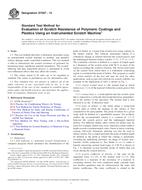
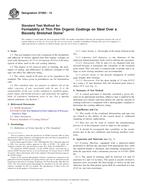 ASTM D7093-13
ASTM D7093-13 ASTM D7835/D7835M-13..
ASTM D7835/D7835M-13..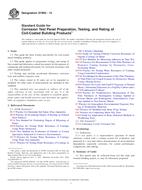 ASTM D7893-13
ASTM D7893-13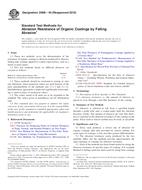 ASTM D968-05(2010)..
ASTM D968-05(2010)..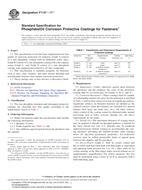 ASTM F1137-11e1
ASTM F1137-11e1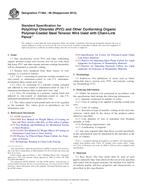 ASTM F1664-08(2013)..
ASTM F1664-08(2013)..
 Cookies
Cookies
